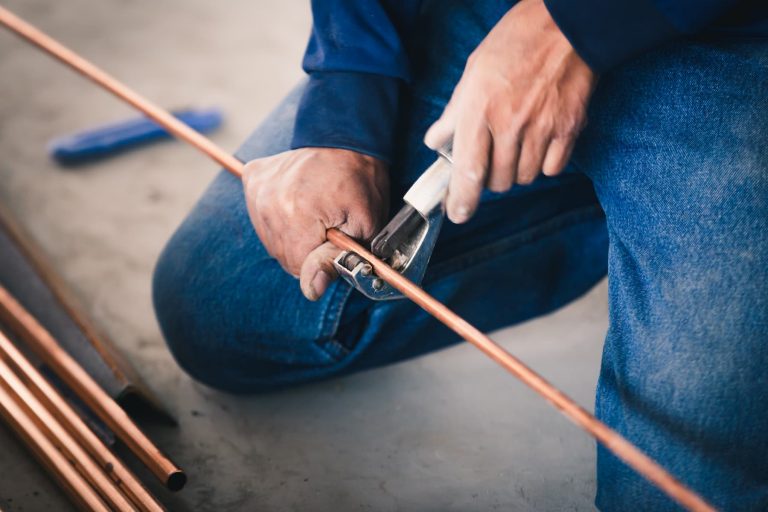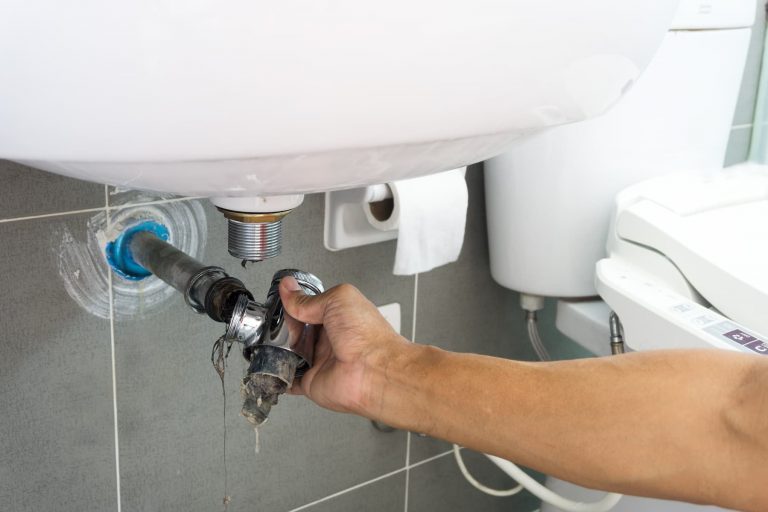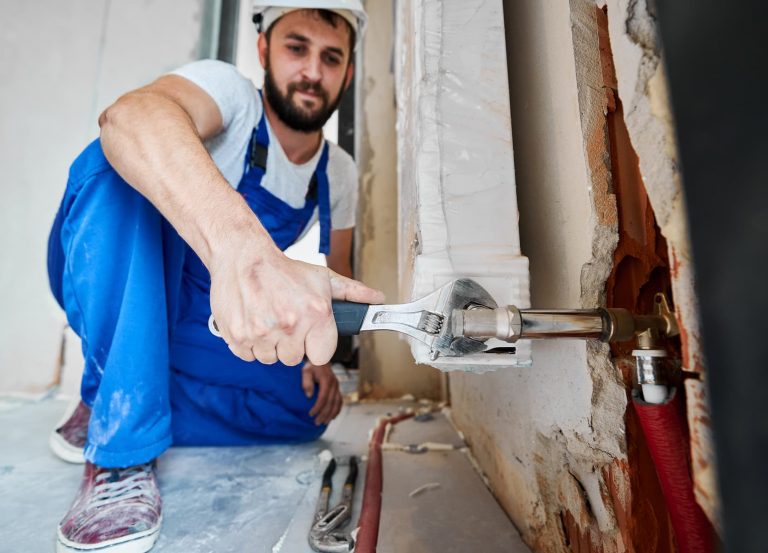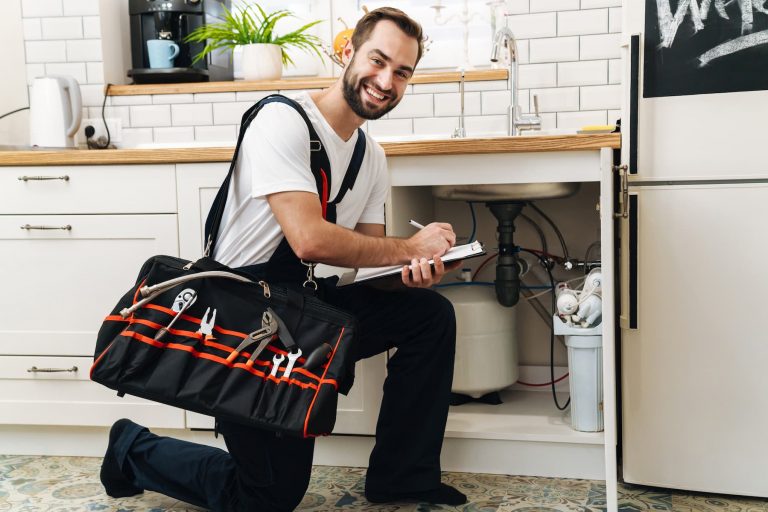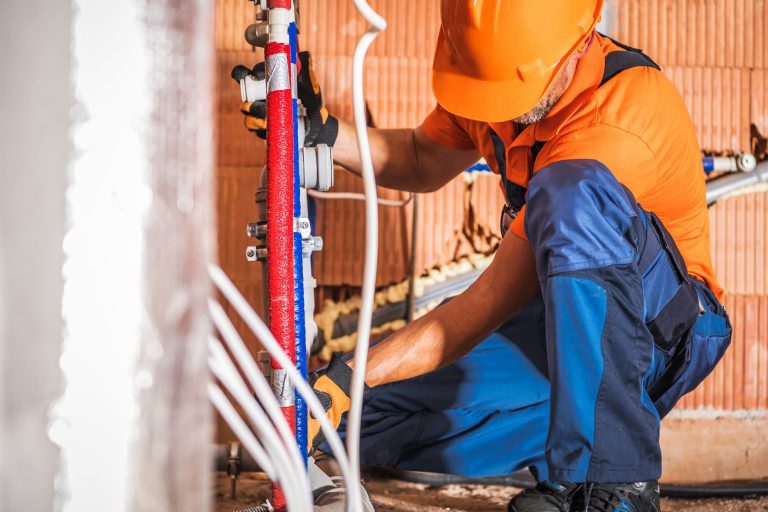Starting New Plumbing Construction Projects in the Fall
Embarking on a new plumbing construction project is a significant undertaking that requires careful planning and consideration of various factors. While many construction projects tend to kick off during the spring or summer months, there are compelling reasons why starting your plumbing construction project in the fall can be a strategic decision. Learn about how…

